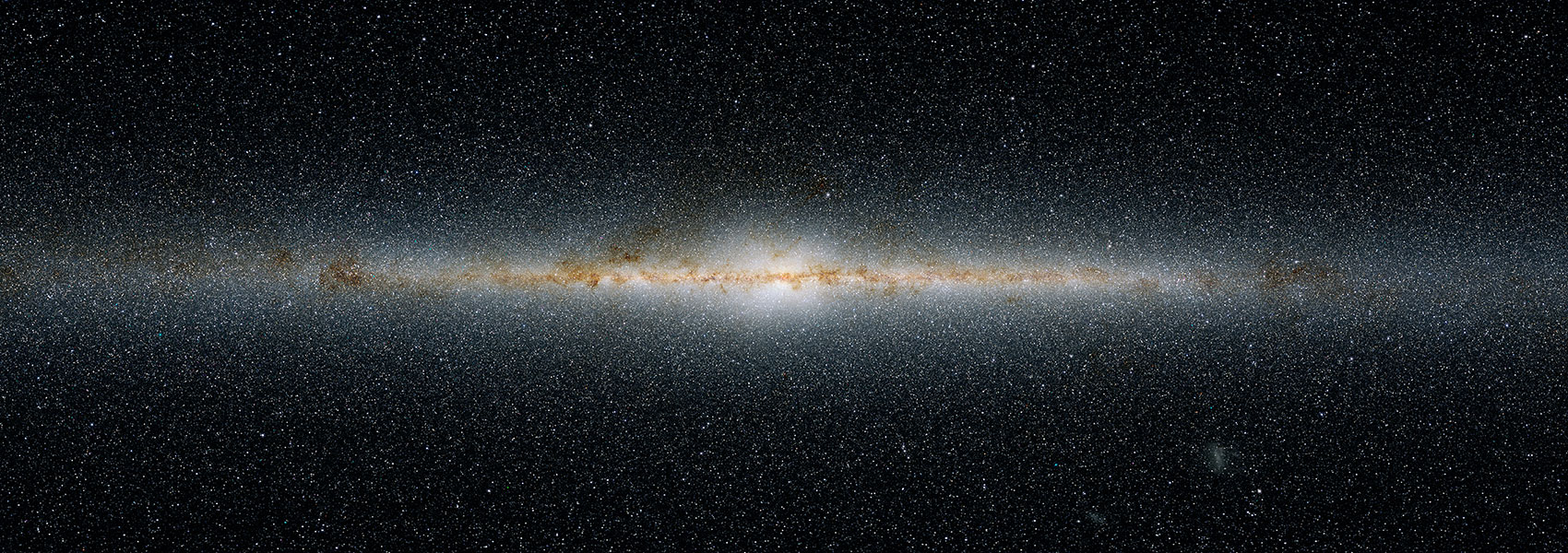
Pulling Back the Curtain on Shocks and Star Formation in NGC 1266 with Gemini-NIFS
November 2024 • 2024ApJ...975..142O
Abstract • We present Gemini near-infrared integral field spectrograph K-band observations of the central 400 pc of NGC 1266, a nearby (D ≍ 30 Mpc) post-starburst galaxy with a powerful multiphase outflow and a shocked interstellar medium. We detect seven H2 rovibrational emission lines excited thermally to T ∼ 2000 K, and weak Brγ emission, consistent with a fast continuous shock (or C-shock). With these bright H2 lines, we observe the spatial structure of the shock with an unambiguous tracer for the first time. The Brγ emission is concentrated in the central ≲100 pc, indicating that any remaining star formation in NGC 1266 is in the nucleus, while the surrounding cold molecular gas has little ongoing star formation. Though it is unclear what fraction of this Brγ emission is from star formation or the active galactic nuclei (AGN), assuming it is entirely due to star formation we measure an instantaneous star formation rate of 0.7 M ⊙ yr−1, though the star formation rate may be significantly higher in the presence of additional extinction. NGC 1266 provides a unique laboratory to study the complex interactions between AGN, outflows, shocks, and star formation, all of which are necessary to unravel the evolution of the post-starburst phase.
Links
- PREPRINT http://arxiv.org/abs/2409.17319
- NED https://ned.ipac.caltech.edu/uri/NED::InRefcode/2024ApJ...975..142O
- ELECTR https://doi.org/10.3847/1538-4357/ad793a
- SIMBAD https://simbad.u-strasbg.fr/simbad/sim-ref?querymethod=bib&simbo=on&submit=submit+bibcode&bibcode=2024ApJ...975..142O
- PDF https://iopscience.iop.org/article/10.3847/1538-4357/ad793a/pdf
- DATA https://archive.stsci.edu/mastbibref.php?bibcode=2024ApJ...975..142O
- DATA https://irsa.ipac.caltech.edu/bibdata/2024/O/2024ApJ...975..142O.html



